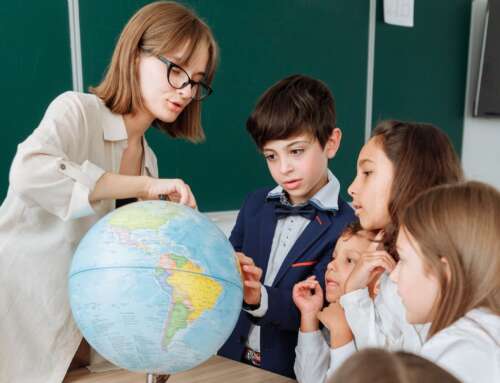There are three fundamental, complicating truths about adoption. First, every single adoption begins with profound loss. Through death, abandonment, or even loving surrender, a child suffers the loss of his or her mother and father. Second, the demographics of those in need of loving homes do not precisely match the demographics of those seeking a new child. Adoptive parents are disproportionately white. Adopted children are not. Thus, multiracial families are a natural and inevitable consequence of the adoption process. Third, American culture has long been obsessed with questions of race and identity.
Combine these three truths and you will not only begin to understand the challenge of adoption, you’ll also gain insight into a darkness in American culture, a darkness that scorns even the bond between parent and child. I know this firsthand. Amid the stories of adoption in America is the story of my family—the story of my youngest daughter.
I’m an evangelical Christian, and ever since I was a young man, two Bible verses have tugged at my soul. The first comes from the Book of James, and defines “pure” religious practice in part as looking after “widows and orphans in their distress.” The second, from the Book of Galatians, declares an eternal truth: “There is neither Jew nor Gentile, neither slave nor free, nor is there male and female, for you are all one in Christ Jesus.” As a result, my wife and I not only felt called to adopt, but we believed that race was no barrier to unity for a family of genuine faith.
And so, in the summer of 2010, we journeyed to Addis Ababa, Ethiopia, to pick up our youngest child, Naomi Konjit French. As with every adoption story, hers begins with profound loss. Her unwed mother surrendered Naomi to her grandmother and grandfather and then disappeared from her life. Her grandparents were subsistence farmers, barely able to eke out a living. Then her grandfather died, and Naomi and her grandmother began to starve. By the time Naomi was 2 years old, she weighed barely more than 14 pounds. That was her condition when she was abandoned again—this time lovingly turned over to an adoption agency. Her grandmother simply couldn’t keep her alive.
Think about the trauma. As a toddler, she’d already experienced death, starvation, and abandonment. And soon enough, she’d experience displacement. This American family arrived, scooped her up, and flew her halfway across the Earth. Within a day she was in a new land, living with people she did not know.
From the instant we saw her, we loved her with our whole hearts, but any adoptive family can tell you (indeed, any family at all can tell you) that love does not heal all hurts. There is pain that can last a lifetime.
I will never, ever forget the moment when we told our daughter her story—when we held one another and wept shamelessly and publicly in a pizza parlor in Middle Tennessee. (Parenting tip: Never have the tough conversations in restaurants.) It was a hard night, but our bond has grown, and we can speak more freely about the difficult past. In fact, one surprising consequence of that conversation is that Naomi has developed even more curiosity about (and pride in) the country of her birth. It was as if lifting the veil of secrecy freed her to embrace her heritage.
Day by day, we love one another and we fight through that pain, the consequence of trauma and loss. How does a little girl attach to a new mom after losing a mother and a grandmother in rapid succession? How does a father bond with a little girl when the only man she was ever close to died before she was old enough to speak? And early-childhood malnutrition carries with it developmental challenges that can last long after she regained her health and strength.
– David French
Read More: America Soured on My Multiracial Family
Image Source: Flickr.com








Leave A Comment